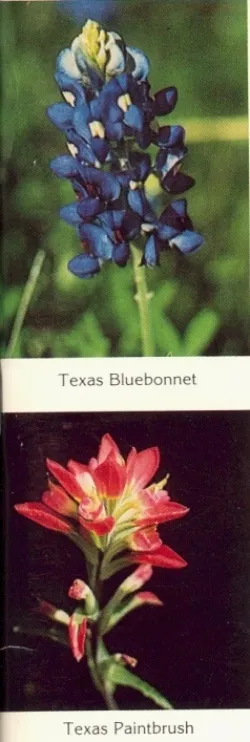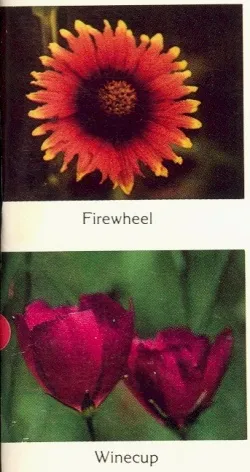Author: Bill Ward
Effective September 1, 2009, there will be an official Texas Native Plant Week, celebrated annually the third week in October. During the 2009 Texas legislative session, Representative Donna Taylor of Austin authored a bill entitled “An Act relating to a recognition week to celebrate Texas native plants” (CSHB 1739). She introduced the bill at the urging of Faye Tessnow of the Highland Lake Chapter of the Native Plant Society of Texas.

The bill was sponsored in the Senate by Texas’ youngest senator, Glenn Hegar of Katy. It passed unanimously in both houses. Governor Rick Perry signed the bill into law on June 16, 2009.
Faye Tessnow convinced Representative Taylor to introduce this legislation because she felt the official state recognition could serve to emphasize the role of native plants in conservation efforts, support efforts to teach school children about native plants, and make the public aware that native-plant species are threatened by loss of habitat and invasion of exotic species.

The week-long focus on native plants will be new this fall, but Texas has had a Wildflower Day since April 26, 1980. This first day was proclaimed by a gubernatorial edict of Governor Bill Clements in conjunction with the first annual Wildflower Day conference at Texas Women’s University in Denton. This symposium, in effect, was the first meeting of the Native Plant Society of Texas.
Thanks to the efforts of Carroll Abbott of Kerrville, by the time the second Wildflower Day at TWU came around in April of 1981, there was an official Texas Wildflower Day and an official beginning of the Native Plant Society of Texas.
Carroll Abbott worked for newspapers in Houston and Kerrville during the 1940s and 1950s and was part of a group that operated the Comfort News in the early 1960s. During the 1950s and 1960s, he was a political consultant and public-relations person for the State Democratic Party.
All the time he traveled for the Democratic Party, he also observed, collected, and raised wildflowers. In 1970, he quit political consulting to devote the rest of his life to wildflowers. Abbott moved to Kerrville and started Green Horizons, a seed company and nursery. He began publishing the “Texas Wildflower Newsletter” in the fall of 1976.
Abbott used this publication to educate the public about native plants and to advocate for a Native Plant Society of Texas. In the Winter 1980 issue, he also made a plea to have the fourth Saturday in April officially recognized as Wildflower Day in Texas.
He wrote, “To aid the movement, Abbott has announced plans to register with the Secretary of State as a professional wildflower lobbyist, representing all of the 5,500 different species of plants native to Texas.” He gathered 3,000 expressions of support from individuals and clubs.
Representative Earnestine Glossbrenner of Alice was the first legislator to show an interest in the Wildflower Day idea. Carroll Abbott, therefore, got her to handle the bill for declaring a Wildflower Day in Texas. On April 6, 1981, the bill easily passed the House vote and was sent to the Senate and eventually to the Governor for his signature.
The fourth Saturday of April for Wildflower Day in Texas coincided with the Wildflower Day observances at TWU in the 1980s. The third week in October for Texas Native Plant Week will coincide with the time of the annual Symposium of the Native Plant Society of Texas.


